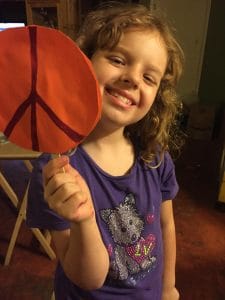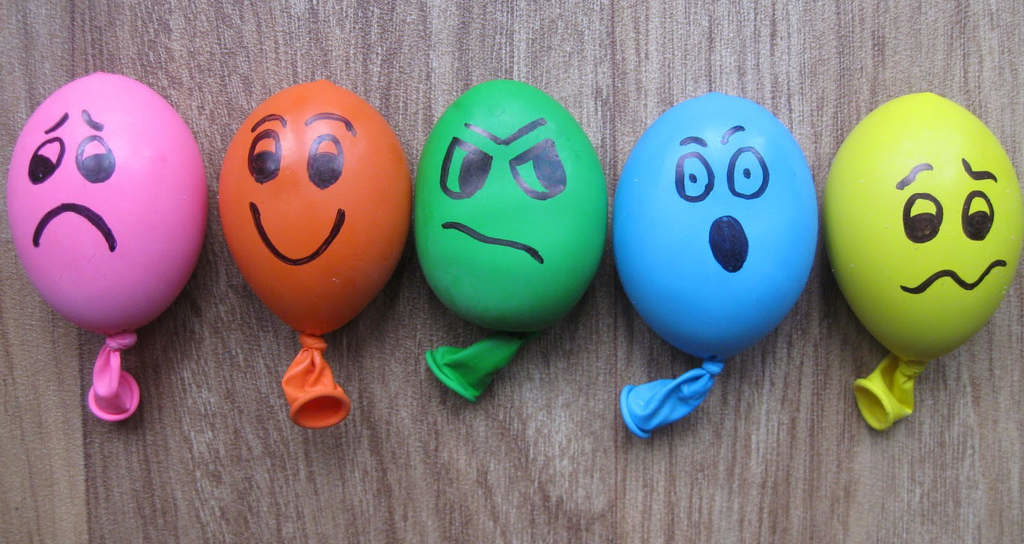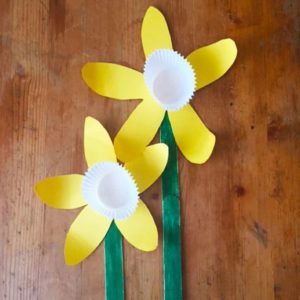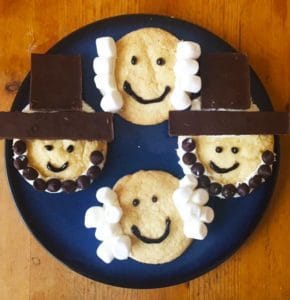Pot O’ Gold Craft
St. Patrick’s Day is on March 17th of every year. St. Patrick’s Day is an Irish holiday honoring Ireland’s patron saint. In Irish language, it is called Lá Fhéile Pádraig, or “the Day of the Festival of Patrick,” St. Patrick’s Day celebrations are a way to celebrate Irish culture, where it is a national holiday. In fact, it is observed (celebrated) in more countries around the world than any other national festival.
Ireland is a European country, but it’s not attached to the mainland. Rather, it is an island in the North Atlantic off the coast of Great Britain. It is sometimes called “The Emerald Isle.” The cool climate and lots of moisture from the ocean air is what keeps Ireland so green.
A leprechaun is one type of fairy from Irish folklore. They are usually portrayed as mischief-making little men with red hair, wearing green hats and coats. Legend says, if you catch a leprechaun, he will have to take you to his secret pot of gold at the end of the rainbow.
Let’s learn about rainbows while we make our own pot o’ gold!
POT O’ GOLD CRAFT
- Cotton balls
- Red, orange, yellow, green, blue, and purple paint or markers
- Six popsicle sticks
- Glue
- Black construction paper
- White construction paper or cardstock
- Shiny gold buttons, paper, or bells – anything that can be glued on to look like gold coins
- Color one popsicle stick with each color.
- Cut out a cauldron (pot) shape from the black construction paper about 4-5″ across.
- Glue the popsicle sticks, color side up, to the back of the pot, so it looks like a rainbow is disappearing into it.
- Cut a cloud shape out of the white paper
- Glue cotton balls on top to make it look more like a cloud
- Glue the cloud on top of the opposite end of the rainbow from the pot
- Cut out and/or glue your gold pieces to the top of the pot
*Optional: only make the cloud and the rainbow, and stick the “pot end” of the rainbow into a bowl with gold-wrapped chocolate coins for a tasty party decoration.
About Rainbows

Rainbows are made up of six colors in the visible spectrum of light. Some people use the acronym ROY G BIV to remember the colors: Red Orange Yellow Green Blue Indigo Violet. Rainbows form when white sunlight enters tiny droplets of water — called water vapor — suspended in the sky, and breaks apart into all the colors that make up what we call “white.”
The area around a rainbow is brighter than the dark sky behind it because the water droplets are both refracting (bending, breaking) and reflecting (bouncing off) the light. The reflection magnifies the white light, while the refraction makes a rainbow.
You can make your own rainbow by shining white light through a prism, which is a type of crystal that bends light and breaks it apart into its separate colors.
If you want to find a rainbow in nature, you should look toward a dark, cloudy, rainy sky with the sun at your back. You will then be at the right angle to see a rainbow if one forms.
Did you know?
A rainbow is actually a full circle of light, but because of where we are on the earth, we usually only see half of it — in a bridge shape. Can you do Bridge pose and be a rainbow?
There are even “moonbows,” which are rainbows that form in the halo of light around a bright moon!
Sometimes you can find rainbows on a perfectly sunny day in the mist that comes off of garden hose sprayers and sprinklers. And of course, with your prism, which you can leave in a sunny window so there are always rainbows when the sun is shining through the glass.
Unfortunately, you can’t touch a rainbow because it is just made of light, and because the light will only be visible from the right angle, there is no end to a rainbow. So if you catch a leprechaun, it might be better to apologize and offer him a chocolate coin before you let him go, because that pot of gold at the end of the rainbow is just a myth; a trick of light.

 )
)



 About the Chakras
About the Chakras Butterflies are extraordinary creatures. They begin their lives as caterpillars and change into butterflies through a process called metamorphosis. This is why butterflies often represent change.
Butterflies are extraordinary creatures. They begin their lives as caterpillars and change into butterflies through a process called metamorphosis. This is why butterflies often represent change.



